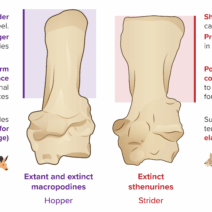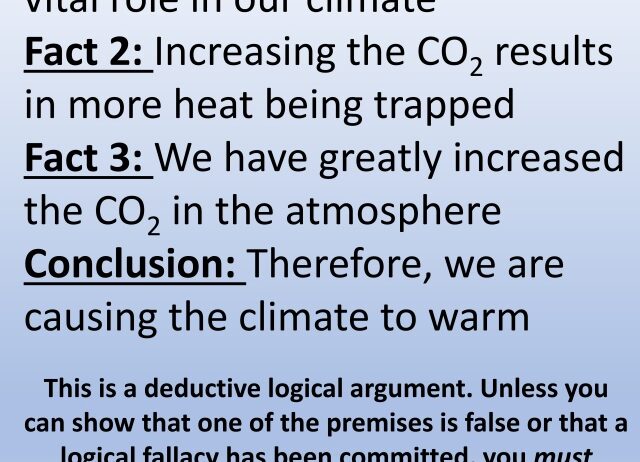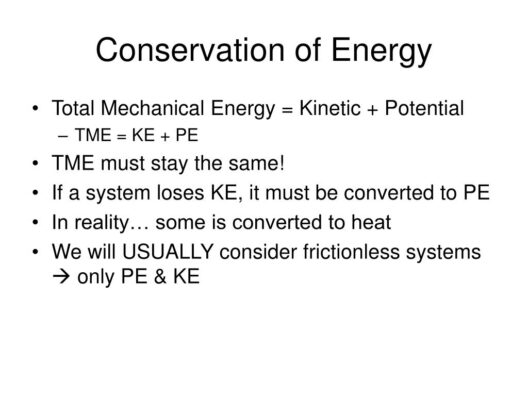Climate change is a topic that resonates deeply with many individuals, yet it often raises questions and skepticism. You might find yourself asking, “How do we know global warming is really happening?” This line of inquiry serves as the fulcrum of scientific investigation, as researchers across the globe employ a myriad of methodologies to substantiate the existence of this pressing phenomenon.
At the heart of the affirmation of global warming lies the concept of accumulating evidence. This evidence is not merely anecdotal but is derived from rigorous scientific analysis. Scientists gather data from multiple avenues: atmospheric measurements, oceanic observations, terrestrial studies, and even paleoclimate investigations. Each of these facets contributes to a comprehensive understanding of how climate change manifests over time.
One of the most compelling pieces of evidence supporting global warming comes from greenhouse gas measurements in the atmosphere. Carbon dioxide (CO2) levels, for instance, have been scientifically monitored since the late 1950s, illustrating a dramatic upward trajectory. These greenhouse gases trap heat, preventing it from escaping into space, much like a thermal blanket. As CO2 concentrations have escalated, average global temperatures have correspondingly risen—a correlation that is not a mere coincidence.
Temperature records serve as another crucial pillar in confirming global warming. Scientists utilize weather stations, satellite measurements, and ocean buoys to track changes in temperature over decades. Trends indicate that the last few decades have been the warmest in recorded history. Hence, one might ask: what could account for such a sustained increase if not human influence? Natural climate variability does occur, but the current rate of change is unprecedented over the last millennia.
Ocean acidification further exemplifies the multifaceted evidence for global warming. The oceans absorb a significant portion of atmospheric CO2, leading to chemical changes in seawater. As a result, the pH levels drop, affecting marine ecosystems, particularly organisms like corals and shellfish. This phenomenon can be quantified through direct measurements of ocean chemistry, showcasing tangible impacts tied to increased atmospheric CO2.
Furthermore, indicators such as melting ice sheets and glaciers present visible, striking evidence of global warming. Satellite imagery and ground-based observations reveal dramatic retreats of glaciers in places like Greenland and Antarctica. The loss of ice not only reflects rising temperatures but also contributes to rising sea levels—a perilous consequence for coastal communities.
Transitioning from physical indicators, climate models have become indispensable tools for scientists. These complex simulations simulate the Earth’s climate system and enable researchers to predict future climate scenarios based on various greenhouse gas emission trajectories. The concordance between model predictions and observed data bolsters confidence in our understanding of climate dynamics. For instance, many models have successfully predicted trends that we are now witnessing, reinforcing the argument that human activity significantly influences climate change.
To address potential counterarguments, it’s vital to recognize the rigorous scientific methodology employed in climate research. Peer-reviewed journals serve as the foundational bedrock of scientific discourse, ensuring that findings undergo scrutiny and validation by other experts. The preponderance of research, which consistently aligns with the consensus that global warming is largely anthropogenic, cannot be dismissed lightly. Scientific investigations are not just opinion but data-driven explorations of increasingly complex interrelationships within Earth’s systems.
While it’s essential to maintain critical thinking, the notion that global warming is a fabricated theory lacks empirical support. Indeed, misinformation can hamper societal understanding and response strategies, thereby complicating mitigation efforts. For instance, the narrative that climate change is a hoax distracts from actionable solutions. Engaging with reliable sources and understanding the underlying science is imperative to foster informed debate.
Additionally, the socio-economic implications of climate change should not be overlooked. The economic toll of inaction, including damage from extreme weather events, agricultural decline, and health crises, is staggering. Investing in a sustainable future not only protects the environment but also contributes to economic resilience. Transitioning towards renewable energy sources, enhancing energy efficiency, and supporting sustainable agriculture are all proactive measures that derive from the scientific consensus on climate change.
Ultimately, confronting the reality of global warming necessitates collective awareness and action. The evidence supporting climate change is vast, robust, and increasingly urgent. It is a challenge we face together—not merely as individuals but as members of a global community deeply intertwined with the fate of our planet. Embracing the scientific narrative allows for meaningful discourse and, more importantly, facilitates the implementation of solutions that will benefit both current and future generations.
In conclusion, by examining temperature records, atmospheric changes, ocean variations, and the results of climate models, one develops a clearer appreciation for the intricacies of climate science. Armed with this knowledge, we can rise to the challenges posed by climate change, equipped with a resolve to protect the environment and foster a sustainable future.





